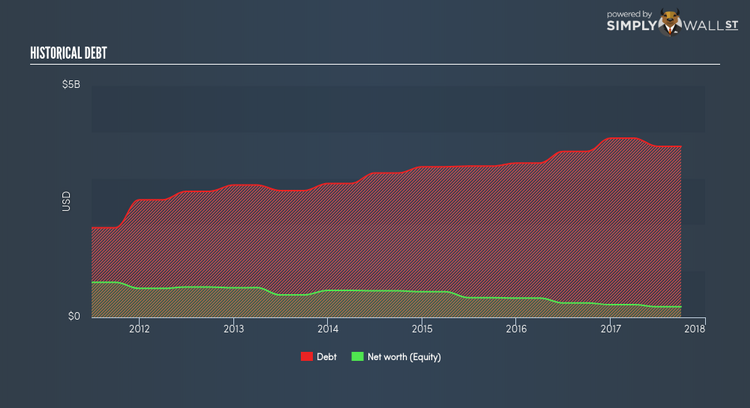Is KSK Power Ventur plc’s (LON:KSK) Balance Sheet A Threat To Its Future?

Investors are always looking for growth in small-cap stocks like KSK Power Ventur plc (LSE:KSK), with a market cap of UK£12.23M. However, an important fact which most ignore is: how financially healthy is the business? Since KSK is loss-making right now, it’s vital to assess the current state of its operations and pathway to profitability. I believe these basic checks tell most of the story you need to know. Though, this commentary is still very high-level, so I suggest you dig deeper yourself into KSK here.
Does KSK generate enough cash through operations?
KSK’s debt levels surged from US$3.33B to US$3.87B over the last 12 months , which is made up of current and long term debt. With this growth in debt, the current cash and short-term investment levels stands at US$26.99M for investing into the business. Moreover, KSK has produced US$144.43M in operating cash flow during the same period of time, leading to an operating cash to total debt ratio of 3.73%, indicating that KSK’s current level of operating cash is not high enough to cover debt. This ratio can also be interpreted as a measure of efficiency for unprofitable businesses since metrics such as return on asset (ROA) requires positive earnings. In KSK’s case, it is able to generate 0.037x cash from its debt capital.
Can KSK pay its short-term liabilities?
At the current liabilities level of US$1.26B liabilities, it appears that the company is not able to meet these obligations given the level of current assets of US$852.62M, with a current ratio of 0.68x below the prudent level of 3x.
Can KSK service its debt comfortably?
With total debt exceeding equities, KSK is considered a highly levered company. This is not uncommon for a small-cap company given that debt tends to be lower-cost and at times, more accessible. However, since KSK is currently unprofitable, there’s a question of sustainability of its current operations. Maintaining a high level of debt, while revenues are still below costs, can be dangerous as liquidity tends to dry up in unexpected downturns.
Next Steps:
KSK’s high debt level indicates room for improvement. Furthermore, its cash flow coverage of less than a quarter of debt means that operating efficiency could also be an issue. In addition to this, its low liquidity raises concerns over whether current asset management practices are properly implemented for the small-cap. I admit this is a fairly basic analysis for KSK’s financial health. Other important fundamentals need to be considered alongside. I recommend you continue to research KSK Power Ventur to get a more holistic view of the stock by looking at:
Historical Performance: What has KSK’s returns been like over the past? Go into more detail in the past track record analysis and take a look at the free visual representations of our analysis for more clarity.
Other High-Performing Stocks: Are there other stocks that provide better prospects with proven track records? Explore our free list of these great stocks here.
To help readers see pass the short term volatility of the financial market, we aim to bring you a long-term focused research analysis purely driven by fundamental data. Note that our analysis does not factor in the latest price sensitive company announcements.
The author is an independent contributor and at the time of publication had no position in the stocks mentioned.


